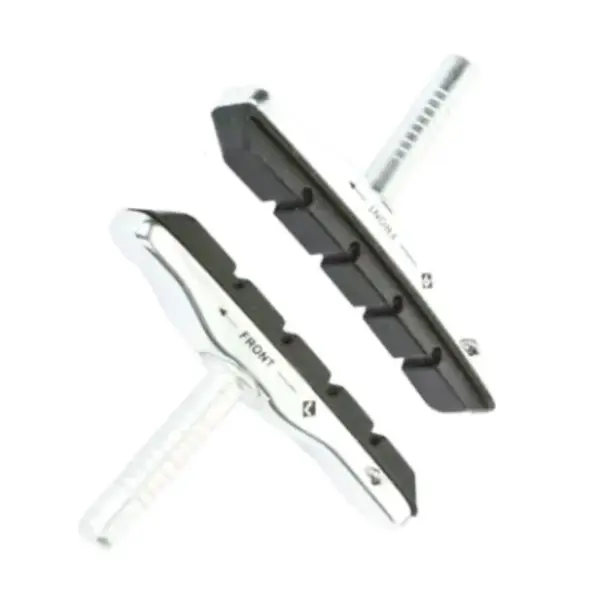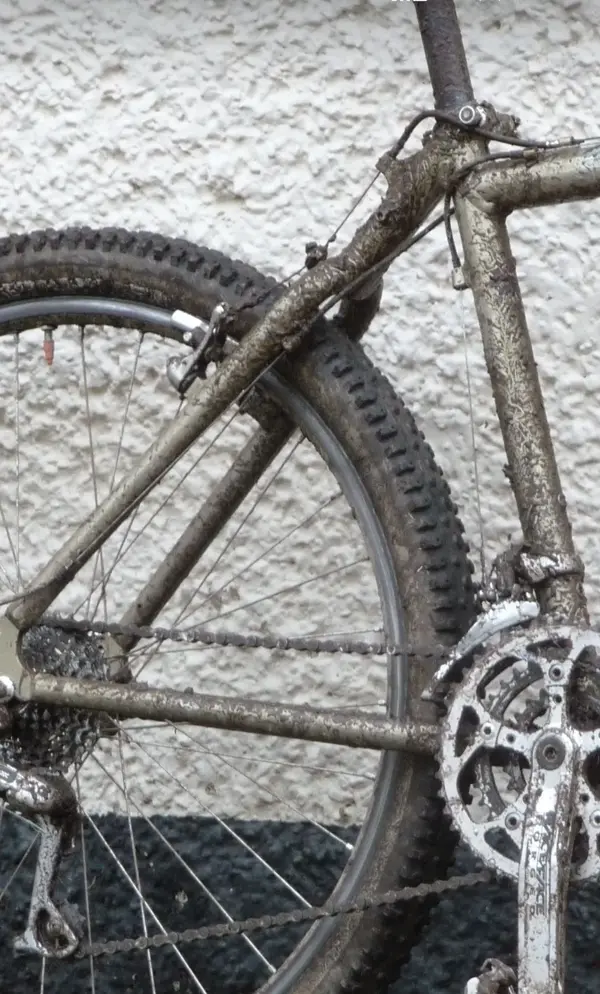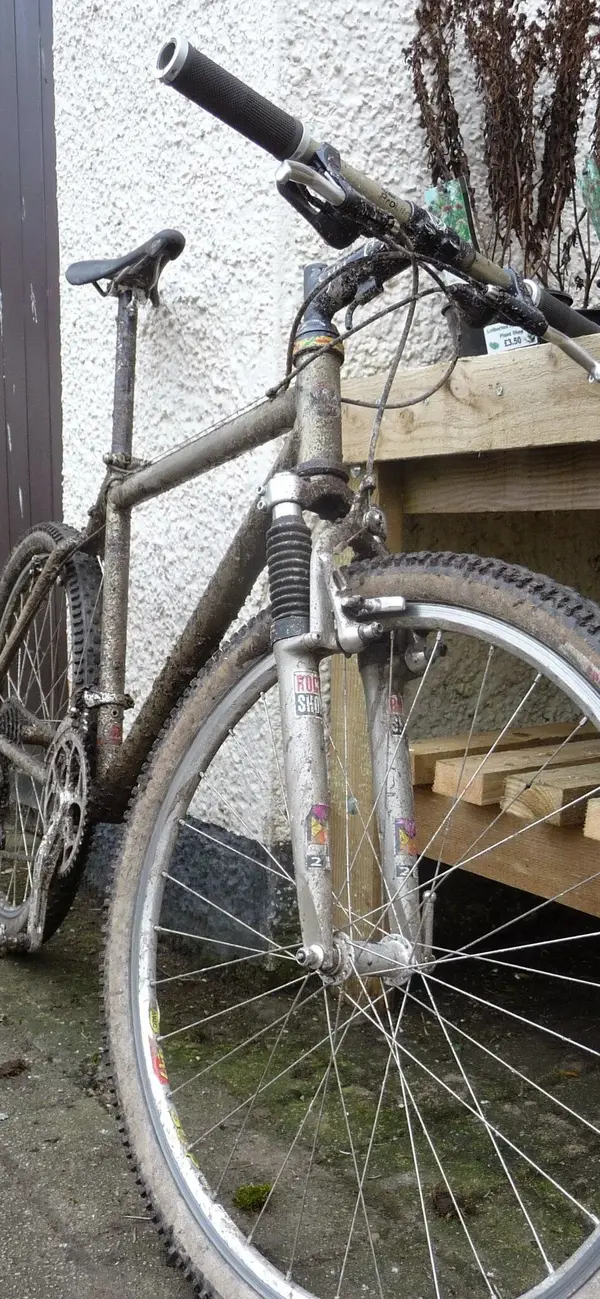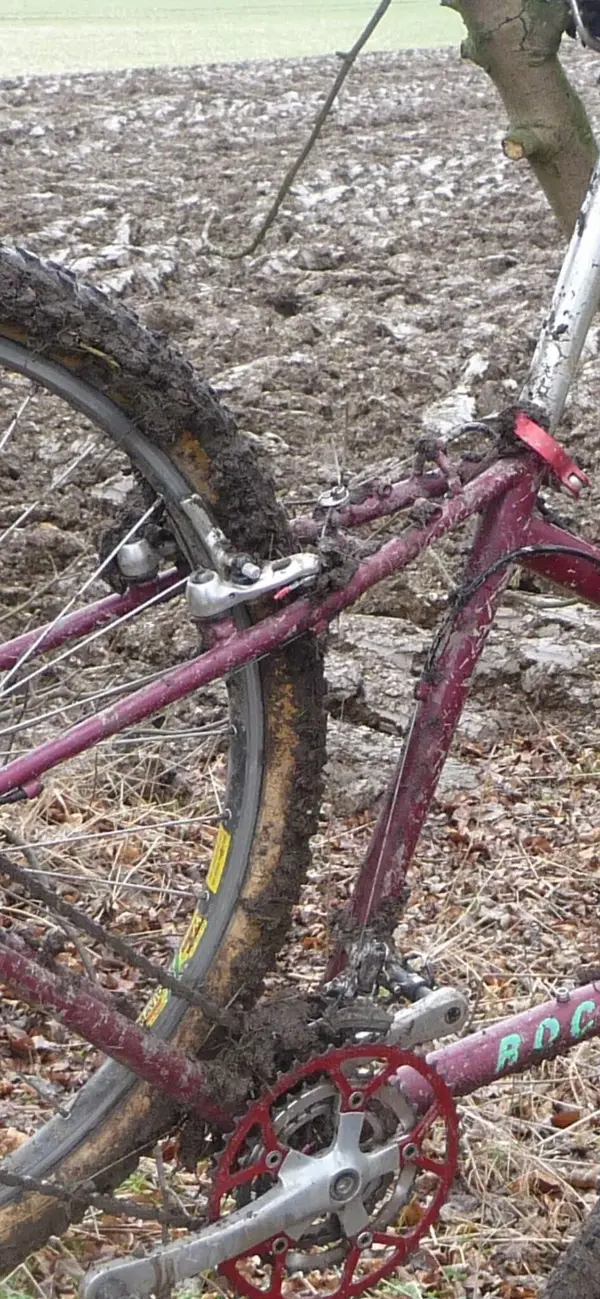As a taller bike user, it could be down to judder...not the brakes as such. Long cables and headtubes / high stems are a bugger and all aggravate issues with cantilevers.
Basically, they all start to act like a bow string, all that flexing and stretch basically pulling the brakes loose/ tight rapidly as the whole lot judders.....that then makes it worse.....and worse..
Before you chuck the baby out with the bathwater have you considered this.....takes away all that long flappyness and oscillation.
https://www.sjscycles.co.uk/brakes/front-origin8-brake-hole-mount-alloy-cable-hanger/
Quote from the great man himself....
Quote (Leonard Zinn)
Why does shudder occur?
Brake shudder is widespread because it’s built into the design of almost all ’cross bikes; it’s inherent to the design of a center-pull cantilever brake. To understand the reason why it happens and why reduced pad size, lots of toe-in, and a tight headset help take a look at the chart titled “Brake Shudder in cantilever brakes.”
As the brake is applied, the ground applies a force directed backward on the tire as shown, causing the fork to flex backward. Problem is, the brake cable is fixed at one end at the brake caliper and at the other end at the cable stop above the headset (as you can see in my case, at a cable hanger attached to a bolt on the stem face plate).
Think “bow and arrow” and imagine the fork between the cantilever bosses and the top of the headset is like the bow, and the cable is like the string. As the fork flexes back due to braking, the cable tightens like the string in the bow, because its two ends – the cable hanger and the brake calipers, have moved further apart. So even though you may have pulled the brake lever carefully enough to modulate it properly, as soon as the pad slows the wheel down, the fork flexes back and tightens the cable, which in turn pulls the pads harder against the rim. This in turn flexes the fork back further, which tightens the cable more, which pulls the pads harder against the rim, and so on.
Eventually, something has to give: Either the tire must slip on the ground, the rider must go over the handlebars, or the pads must break free from the rim. It is the latter that creates the shudder, the pads bind and release, bind and release, each time allowing the fork to flex back and forth and the tire to roll and stop, roll and stop. This is why the problem goes away in mud and wet sand, because the pad can break free smoothly. It is also why smaller pads with more toe-in help.
If the headset is loose, the problem is greater, because the length change between the brake posts and the cable stop atop the headset is greater as the fork moves back when the brake is applied.




